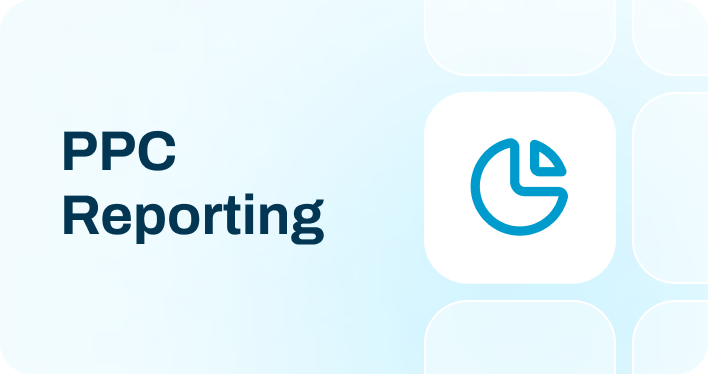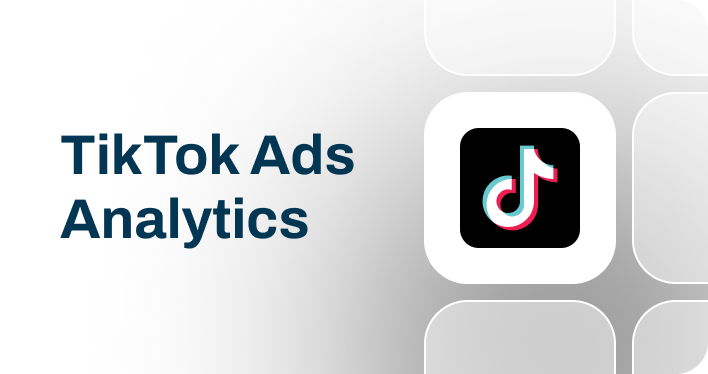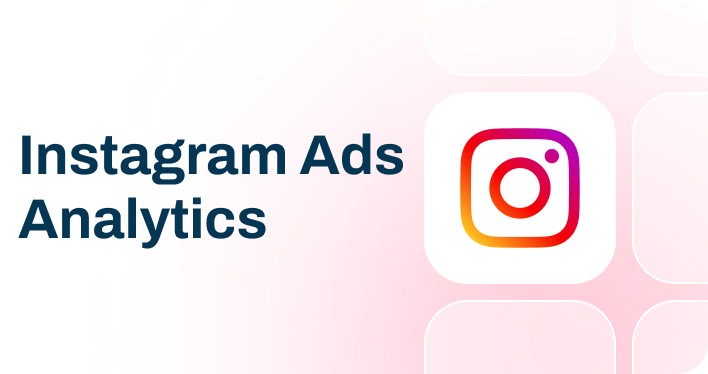What is a Customer Acquisition Cost (CAC)?
Customer acquisition cost (CAC) measures the total expense required to acquire a new customer. This metric encompasses all marketing and sales costs. It's a pivotal value because it quantifies the investment made to gain each customer. Understanding CAC is crucial for evaluating marketing strategy efficiency and financial health. A low CAC indicates cost-effective customer acquisition. A high CAC can signal inefficiencies or overspending. The CAC analysis allows marketers to detect the most cost-effective channels for conversions.
How to calculate Customer Acquisition Cost (CAC)?
To calculate CAC, divide the total costs for acquiring new customers by the number of new customers acquired in the same period. These costs include marketing and sales expenses.


Our key templates to track Customer Acquisition Cost (CAC)
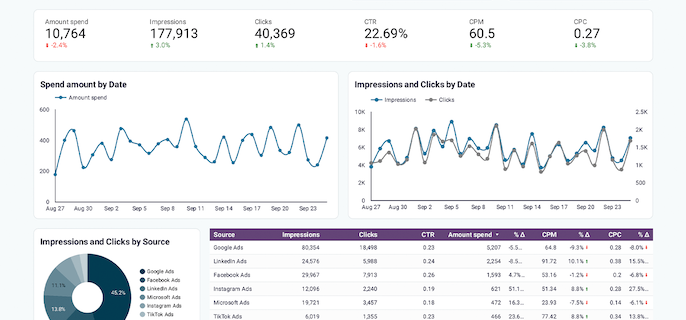
Get a comprehensive PPC reporting tool to track the performance of your campaigns launched at multiple advertising platforms.









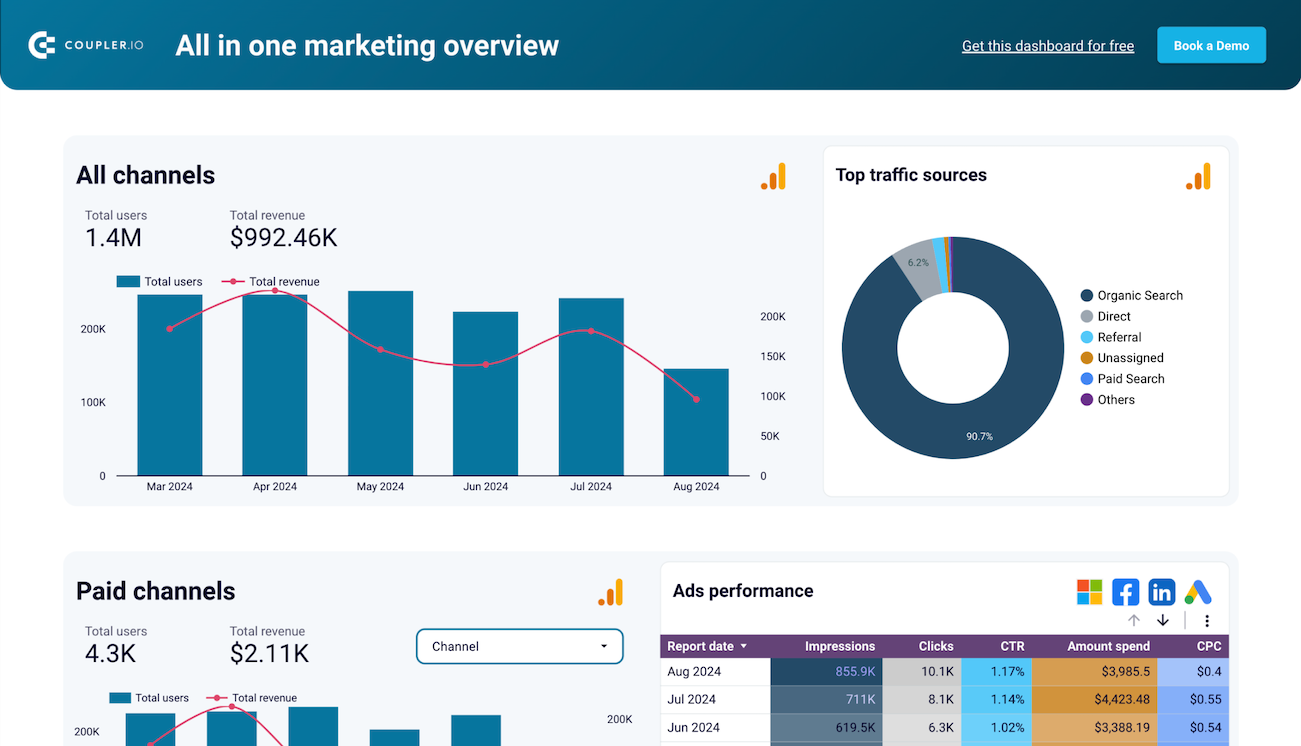
Monitor all your marketing channels with an all-in-one dashboard providing performance overviews of web analytics, ad campaigns, SEO, social media, and emails.













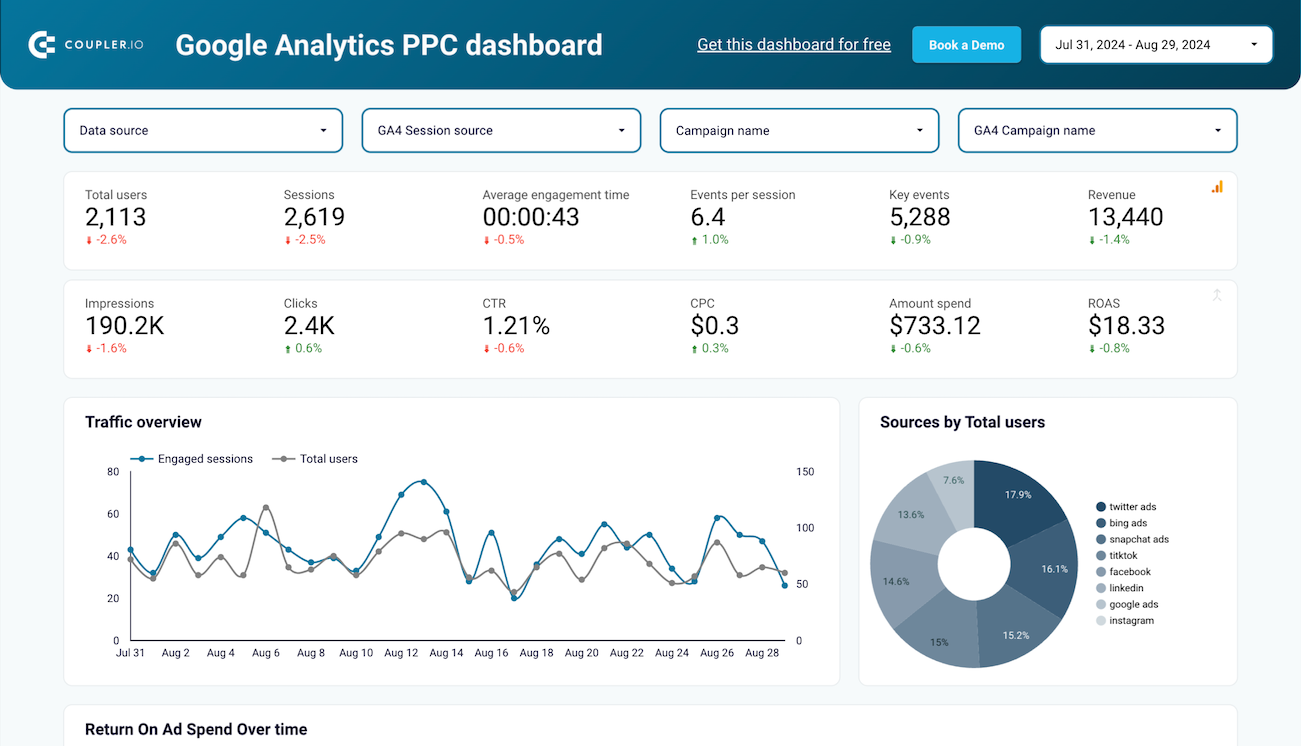
Get an overview of the traffic performance of your advertising campaigns launched across different PPC platforms.










How to improve Customer Acquisition Cost (CAC)?



Metrics to track alongside Customer Acquisition Cost (CAC)


